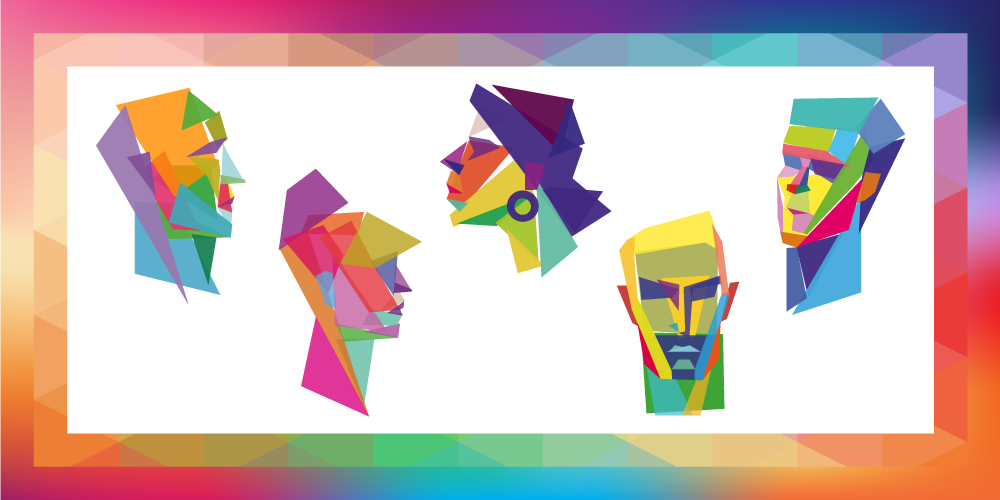Books are a reflection of our lives and the world around us, even if they’re otherworldly or fantastical. The characters our students read about can be an amazing vehicle for learning about human nature and diverse expressions of cultures and backgrounds. That being said, merely including diversity for diversity’s sake doesn’t give a well-rounded look at how people truly live and think. That’s why teachers and students need to watch out for tokenism in literature and entertainment.
NOTE: This article on literary tokenism owes a huge debt to Jewel Davis and her thoughts on speculative worlds of color.
Tokenism vs. Representation
So what is tokenism? Lexico defines it like this:
The practice of making only a perfunctory or symbolic effort to do a particular thing, especially by recruiting a small number of people from underrepresented groups in order to give the appearance of sexual or racial equality within a workforce.
In a literary context, tokenism often amounts to including fictional characters from underrepresented groups, not necessarily because doing so is authentic to the story, but as a shallow or poorly thought-out attempt to “appear” diverse.
That’s not to say that including characters from a variety of backgrounds is a bad thing. Far, far from it! Rather, it’s important to do so in a way that’s authentic and that doesn’t thoughtlessly reinforce stereotypes.
The appropriate way to incorporate different types of cultures and characters is called representation. Unlike tokenism, representation seeks to portray multidimensional characters who mirror the real-life experiences, thoughts, and values of all different types of people, without pigeonholing anyone based on stereotypes, biases, or ignorance.
9 Pitfalls of Literary Tokenism
Over the years, certain fictional tropes and archetypes have emerged that often amount to literary tokenism. As you review literature to share with your students, or critically examine texts together, here are some such tropes to watch out for:
- The Exotic “Other”: A person or custom from a nondominant culture is made to seem “interesting” or “exciting” merely because of the differences of the nondominant culture from the dominant one.
- “Saviorism”: A person from a dominant group is portrayed as the only option for “rescuing” or “saving” a person or people from a historically marginalized group.
- Cultural Appropriation: One group takes an aspect of another group’s culture, religion, ritual, dress, etc. and uses it disrespectfully out of context of its original purpose.
- “Mystical” Minority Character: A person from a nondominant culture has special powers based on a stereotype of his or her race, culture, religion, etc.
- Race-Based Aggressor: A character’s skin tone is closely associated with his or her role as the aggressor or attacker, or somehow marks him or her as a “savage.”
- Monocultures: Nondominant cultures are assumed to be identical (e.g., assuming there’s no difference between a native Korean and a Korean American) or are combined to form a nonexistent monolithic culture (e.g., combining lore from several different Native American tribes as if they’re all the same).
- Erasing or Replacing Cultural Identities: The author ignores a group’s actual ethnicity, cultural practices, or historical background and instead inaccurately projects another group’s values and practices onto them.
- One-Dimensional, Support-Role Minority Characters: Characters from minority backgrounds are relegated to unimportant roles in the story, and their characterization is not well rounded or is based on stereotypes.
- Stereotyping: An author relies on clichés or generalizations about a group or culture (whether positive or negative) for details about a character or elements of the story.
Representative books are just one way to help your students see more of the world and the fascinating people who live in it.







